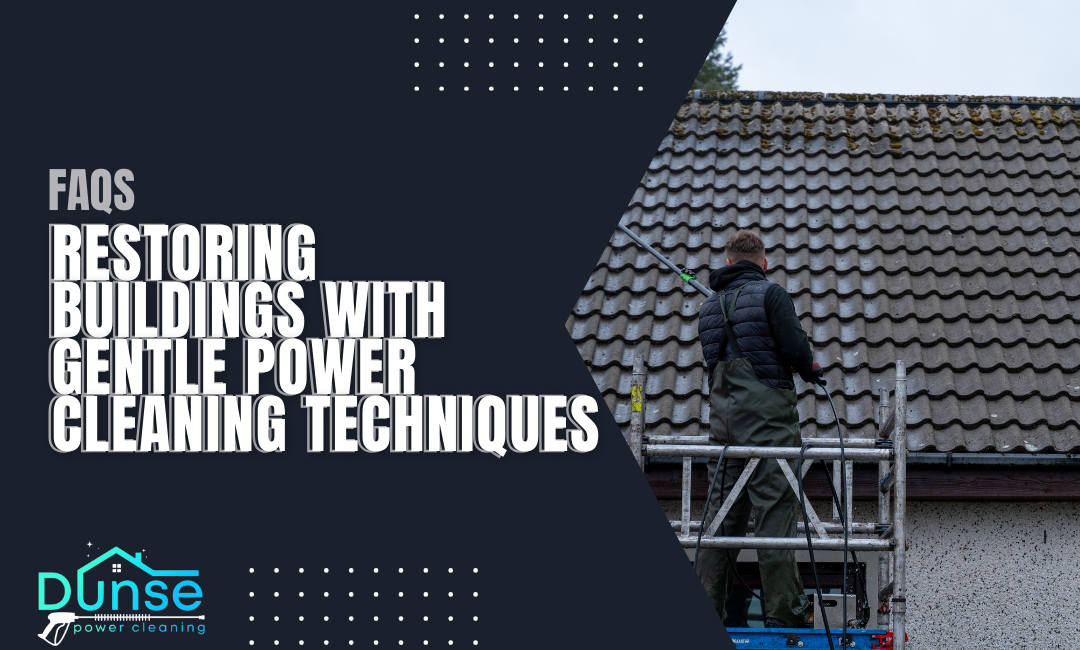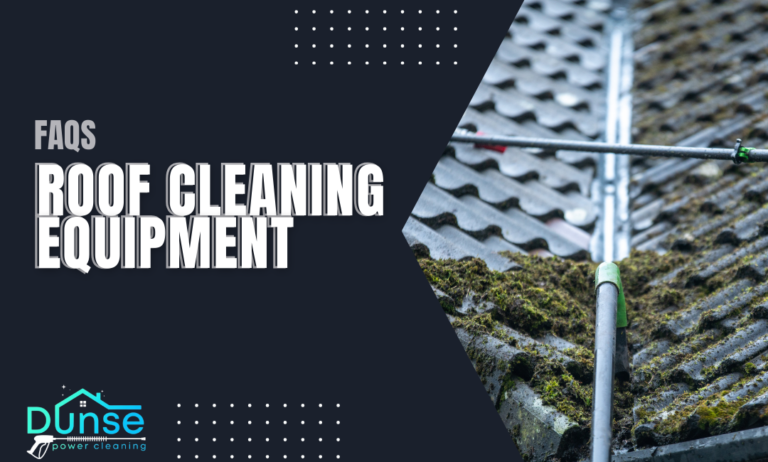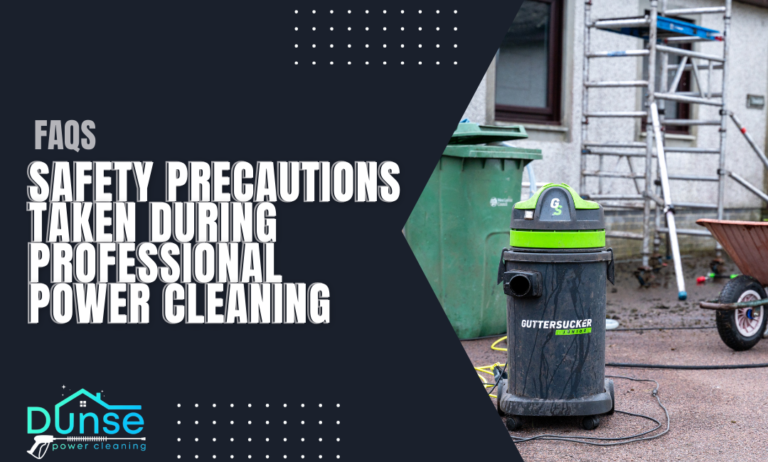Restoring Buildings with Gentle Power Cleaning Techniques
Restoring buildings with gentle power cleaning techniques. Preserving and restoring the aesthetic appeal of historic and delicate buildings requires careful consideration of cleaning techniques. Gentle power cleaning methods are particularly valuable for maintaining the integrity of these structures without causing damage. Here’s an overview of these techniques and their benefits:
Understanding Gentle Power Cleaning Techniques
- Soft Washing: Soft washing is a cleaning technique that uses low-pressure water and specialized biodegradable cleaning solutions to remove dirt, grime, and organic growth from building exteriors. Unlike traditional power washing, which can damage delicate materials, soft washing is gentler and more suitable for historic buildings. Soft washing is highly effective for cleaning materials like brick, wood, and stucco without risking damage.
- Chemical Cleaning: This method involves using cleaning agents specifically designed to break down pollutants and biological growths without harming the underlying material. For instance, gentle solutions can be applied to limestone, marble, and other porous stones to remove dirt and algae without deteriorating the surface. Chemical cleaning is essential for buildings that have accumulated years of pollution and grime, which traditional cleaning methods could damage.
- Low-Pressure Water Cleaning: For buildings made from sensitive materials like terracotta, lead-coated copper, and painted surfaces, low-pressure water cleaning is preferred. This technique minimizes the risk of abrasion and surface erosion, making it ideal for historical restorations. It uses water pressure at a much lower level than traditional power washing, ensuring that delicate features like architectural details are preserved.
Benefits of Gentle Power Cleaning
- Protecting Building Materials: Gentle power cleaning prevents damage to building materials that can be caused by high-pressure methods. For example, bricks and stones can absorb too much water from high-pressure cleaning, leading to cracking and discolouration over time. Gentle techniques maintain the integrity of these materials, extending their lifespan.
- Preserving Architectural Features: Older buildings often have intricate carvings, moldings, and other architectural details that can be easily eroded by abrasive cleaning methods. Gentle power cleaning allows these features to be cleaned without the risk of damage, preserving their historical value. This is particularly important for maintaining the authenticity and charm of older structures.
- Environmentally Friendly: Gentle power cleaning methods typically use eco-friendly cleaning solutions and produce less wastewater. This reduces the environmental impact and ensures that the restoration process is sustainable. Environmental organizations advocate for these methods to protect both the buildings being cleaned and the surrounding environment.
Gentle power cleaning techniques offer a practical solution for restoring and maintaining the beauty and integrity of historic buildings. By using low-pressure methods and biodegradable cleaning solutions, these techniques help preserve building materials and architectural features, ensuring that historical structures remain a source of pride and cultural heritage. For more information on gentle power cleaning techniques, visit our homepage, explore our services, follow us on Facebook, or contact us.
By choosing gentle power cleaning methods, property owners can effectively maintain the beauty of their buildings while respecting their historical and architectural significance.




